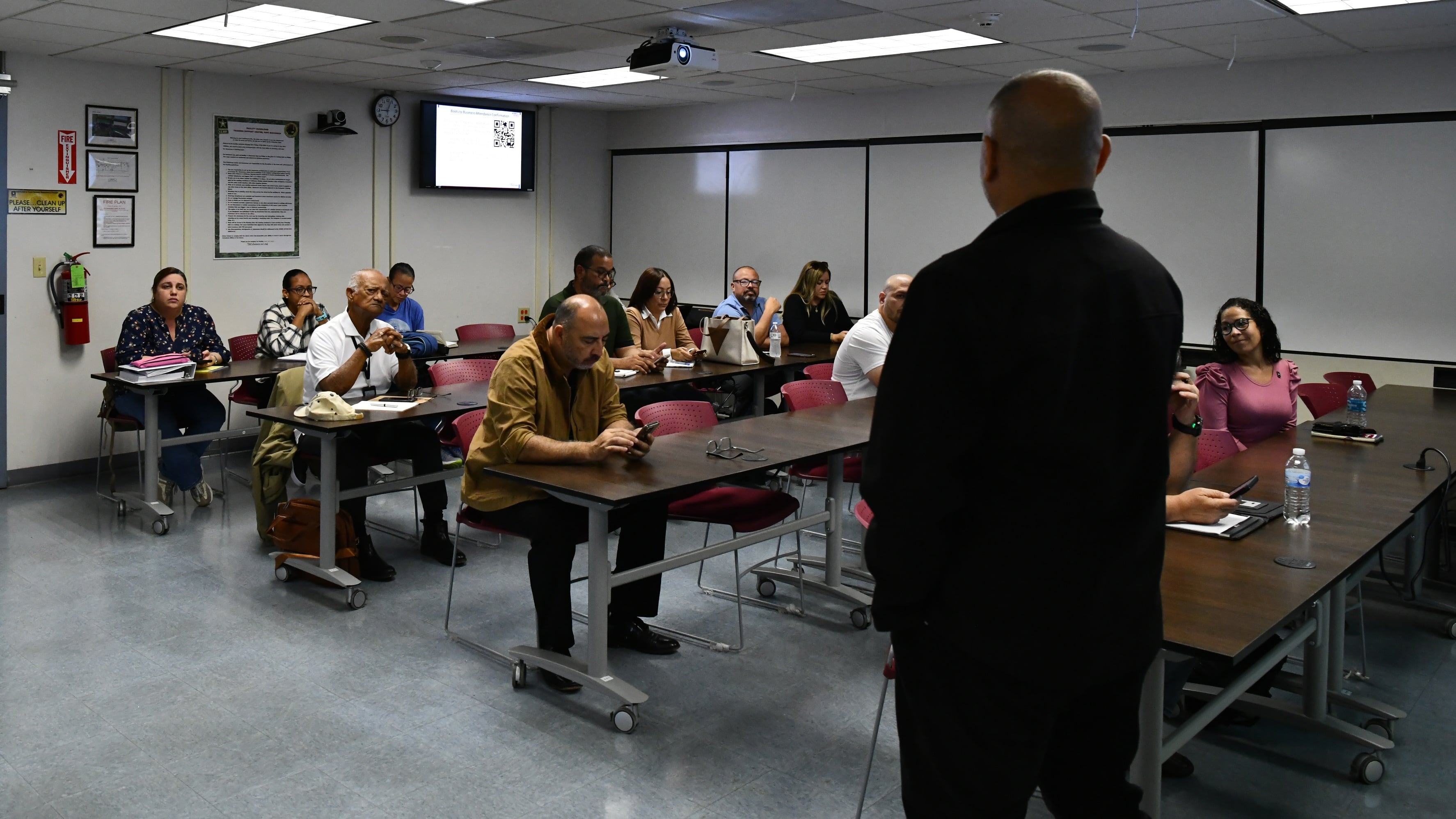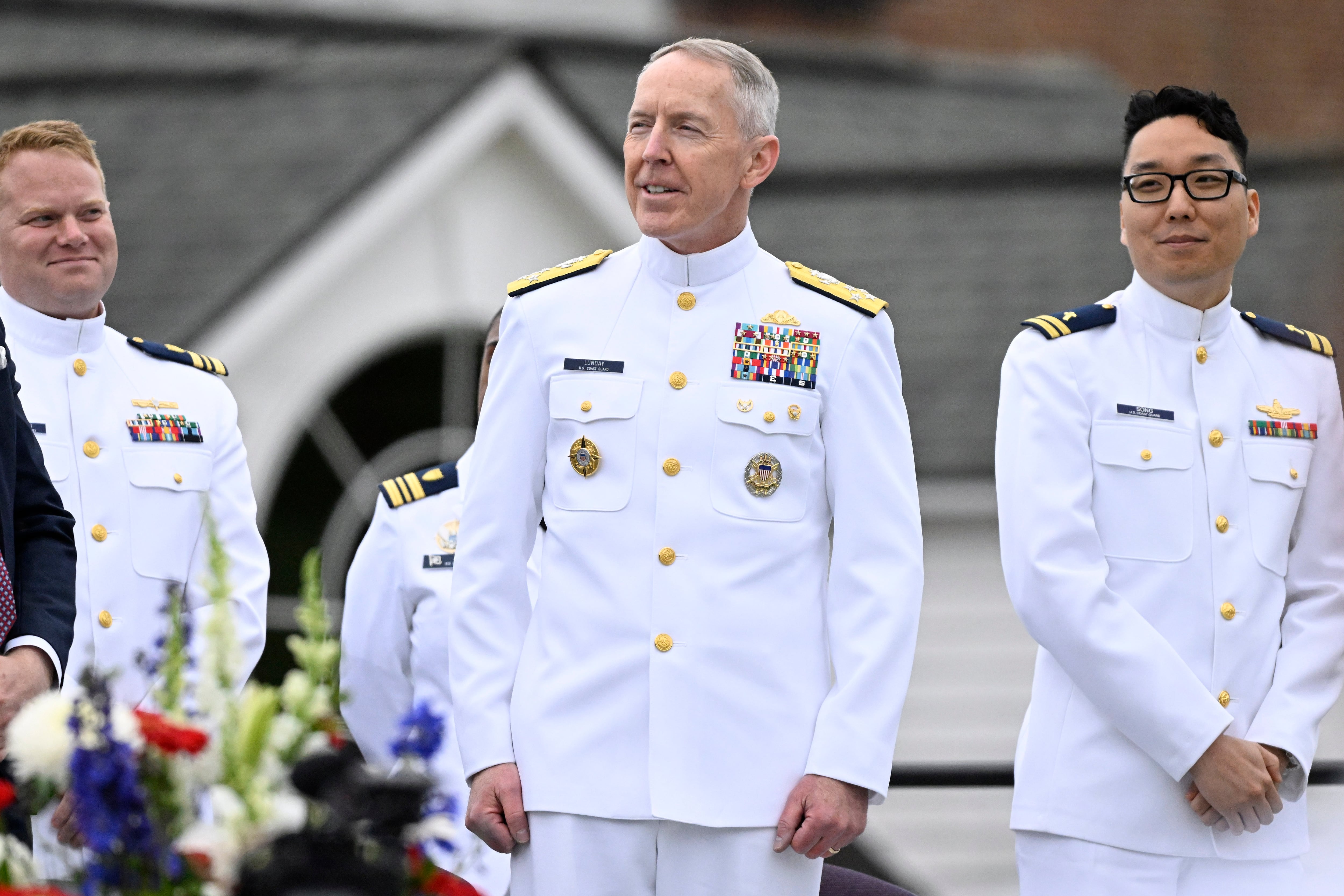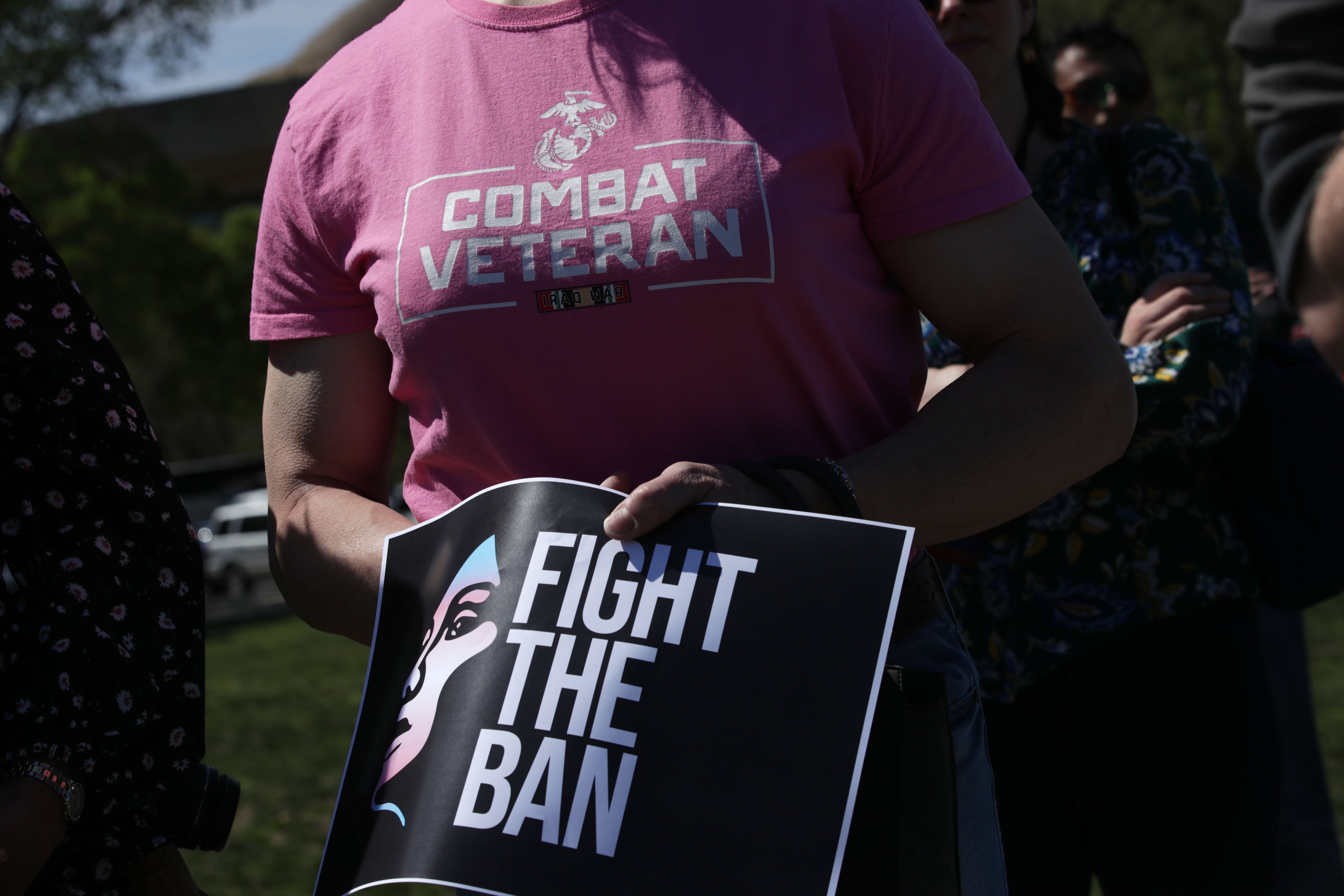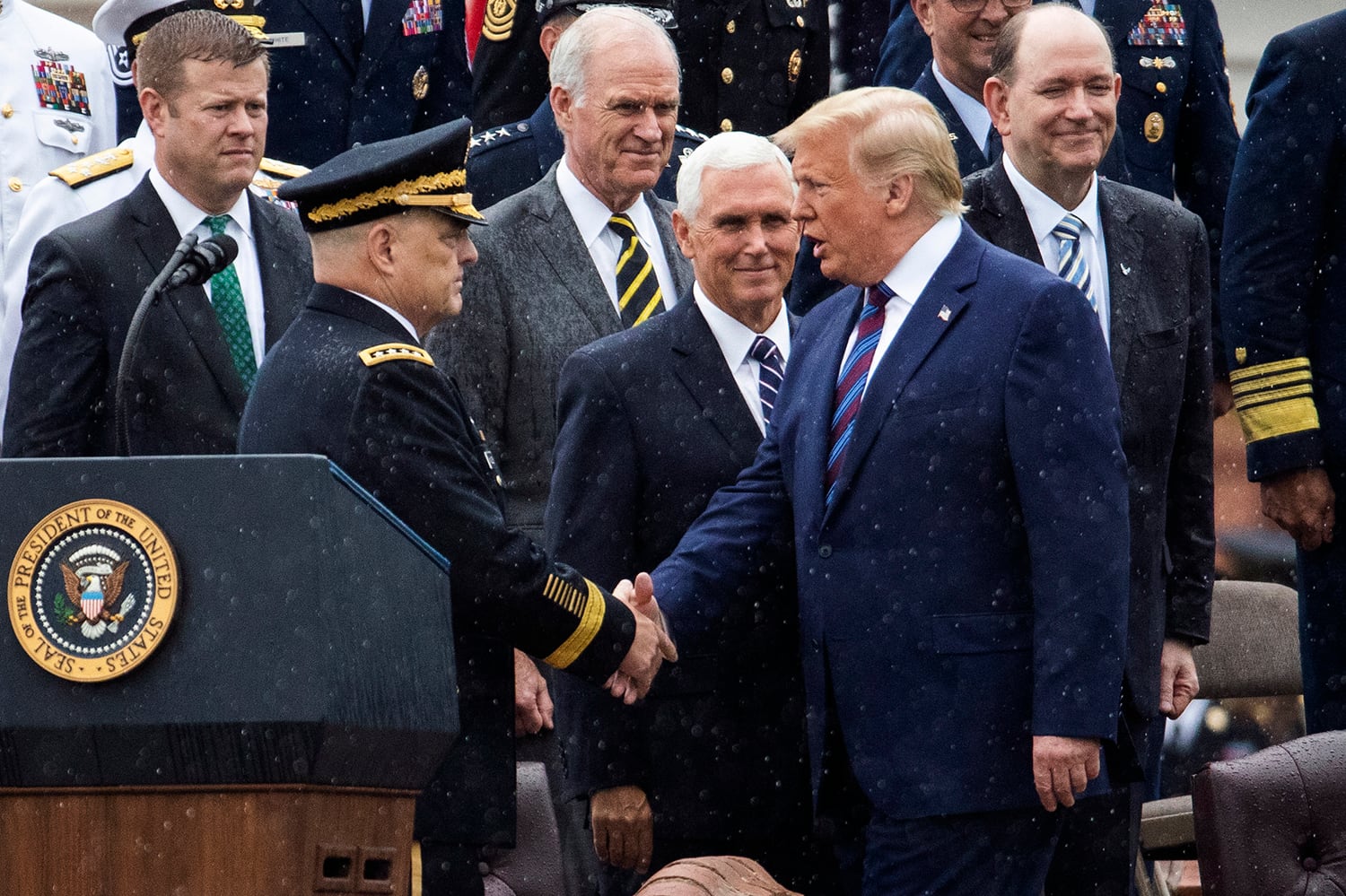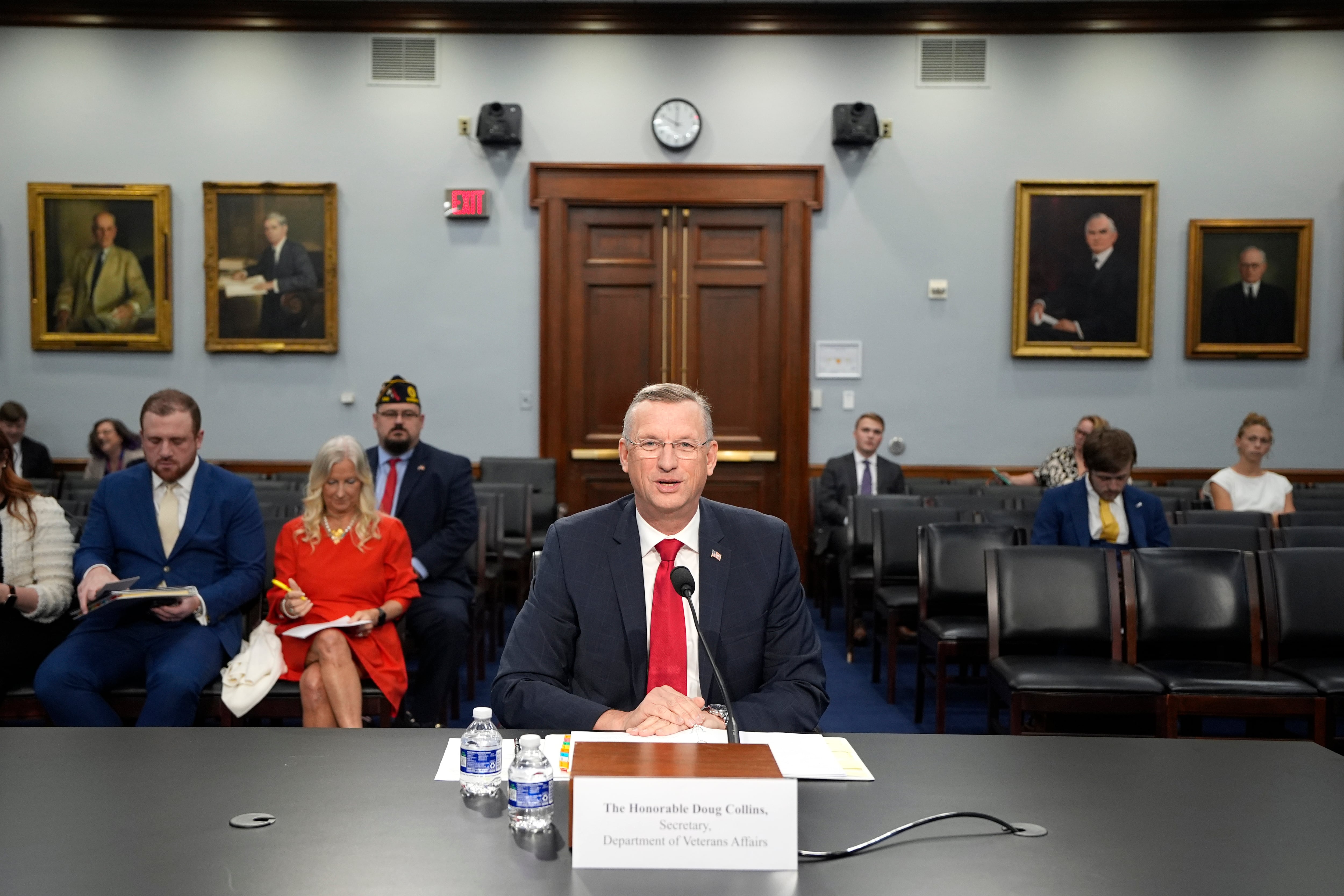After a 10-year break in service, Staff Sgt. Monte L. Gould will have to report to basic combat training this June at Fort Jackson, South Carolina.
The 59-year-old former Marine and civil affairs soldier was less than three years short of retirement when he left the Army in 2009 to move home and spend more time with his family. But after work calmed down in his civilian life, Gould began a year-long process to reenlist with an Army Reserve unit so that he can be eligible for retirement and maybe give something back to younger troops.
“It’s kind of cool that they get to see somebody who is 59 and isn’t all fat, beat up with diabetes and on their death bed,” said Gould, who still practices jiu jitsu and rucks with 50-pounds for seven miles each week.
He will be joining the same unit as his son, Spc. Jarrod Gould, at the 405th Civil Affairs Battalion’s detachment out of Las Vegas, Nevada.
“If I’m lucky, I got 20 more years and then I drop dead,” Gould added. “To me, this is a last hurrah. To have the opportunity to serve again is a thrill. I’m looking down the gun barrel at 60, and I know all the health problems that come after that.”
Because he’s been out of the service for so long, though, he’ll have to attend basic training first. But he isn’t the oldest person to ever do so, according to U.S. Army Recruiting Command.
“Amazingly this 59-year-old is NOT the oldest person to go through basic," said USAREC spokeswoman Lisa M. Ferguson in an email. “In July 1999, a 68-year-old shipped to basic training.”
Gould was a civil affairs specialist prior to leaving the Army Reserve in 2009.
He first joined the Marine Corps in 1978 before separating to work in law enforcement in California. Around the time Operation Desert Storm kicked off, Gould got the itch to rejoin the service and enlisted in the Army National Guard as an infantryman. In the early 2000s, he tried to put in a package to attend Special Forces Assessment and Selection.
“The guy laughed at me; he said you’re too old,” Gould recalled. “I was like 40 at the time.”
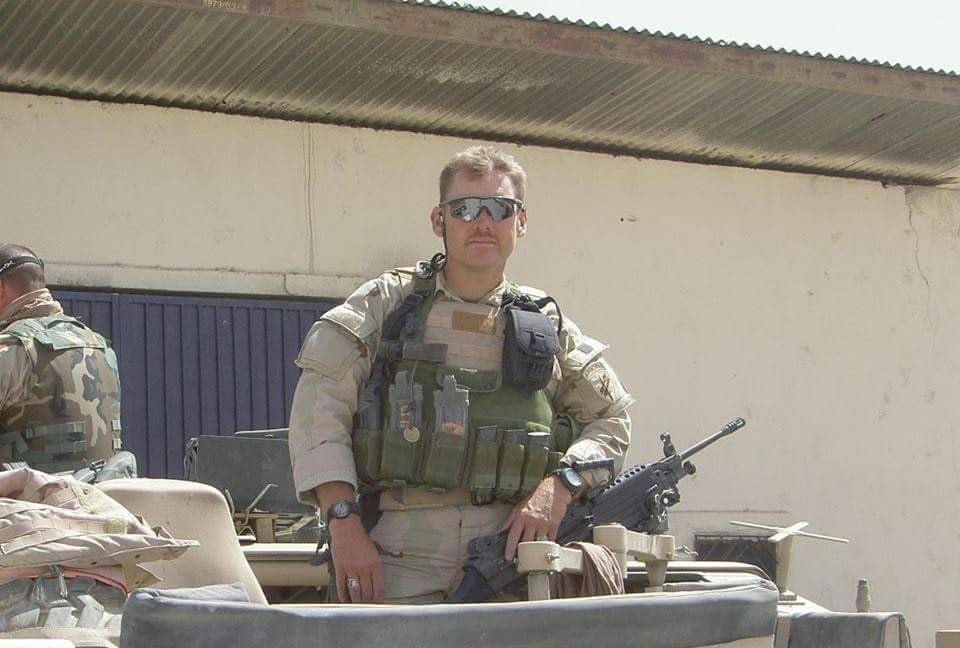
Instead, he joined civil affairs through an Army Reserve unit in Upland, California. He eventually got his deployment to Afghanistan in 2004, serving as a civil affairs team sergeant alongside Commando Hubert forces, which are France’s frogmen, he noted. Then Gould switched jobs again to psychological operations and joined the 7th Psychological Operations Group, which is garrisoned at Moffett Field, California.
By the late aughts, Gould was traveling frequently across the state, working SWAT for the California Department of Corrections. His wife wasn’t appreciative of this workload and, rather than face another deployment that could prove problematic for his personal life, Gould chose to leave the service to work in security consultancy.
Things started to calm down for Gould. His son had previously enlisted as an infantryman and was switching to the Army Reserve to be a civil affairs specialist like his father. That’s when Gould, now retired from his other ventures, got the itch again. Thankfully, his wife gave him the green light to try enlisting.
“I miss the comradeship," he said. “I don’t miss the Army. I miss being on a team.”
The process wasn’t exactly smooth. After losing 45 pounds to meet height and weight requirements, filing his paperwork to enlist and going through the waiver process, Gould was initially rejected by the Army for his age.
“My recruiter told me ‘you’re done. There’s nothing else I can do,'” he said. “So I called my congressman and I called a buddy of mine who is at the Pentagon ... and I submitted all my paperwork up and we got it to the G-1.”
Gould credited his recruiter, Sgt. 1st Class Richard Caroll, for helping him navigate the bureaucratic maze. Caroll “worked hours and hours at home doing paperwork" to help him reenlist, Gould said.
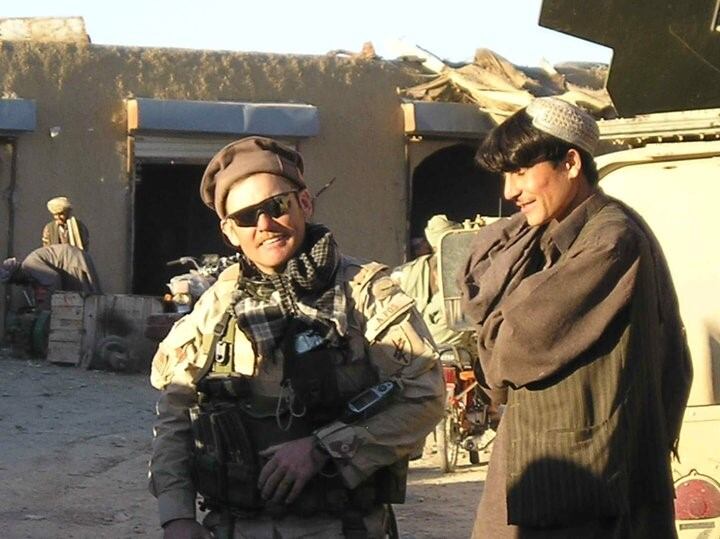
“The regulation says one thing, then it says another,” Caroll explained. “We went back and forth and then eventually it was him contacting people he knew.”
Army Regulation 601–210 allows waivers for prior service soldiers who can qualify for retired pay by age 62 — and who have been granted a waiver permitting enlistment over 55 years of age.
“I had high hopes. I like a challenge, and this was pretty challenging,” Caroll said. “But we had regulation on our side.”
When Gould finally reports to basic training this summer, he’ll retain his staff sergeant rank.
“That’s what they told me,” he said. “I’ll wear my combat patches. I’ll wear my rank. Whole nine yards.”
Retirement may have been the motivator to return, but it’s not the endgame. Gould said he plans to stay in the service as long as he can, even if that means deployments. Working with young soldiers will undoubtedly put him in the position of role model, as well, he conceded.
“I look at them like they’re my kids," Gould said. "And that’s kind of an onus on me. Particularly because of my age, I have to be much more composed, much more of an example and I have to be much more professional.”
Kyle Rempfer was an editor and reporter who has covered combat operations, criminal cases, foreign military assistance and training accidents. Before entering journalism, Kyle served in U.S. Air Force Special Tactics and deployed in 2014 to Paktika Province, Afghanistan, and Baghdad, Iraq.

